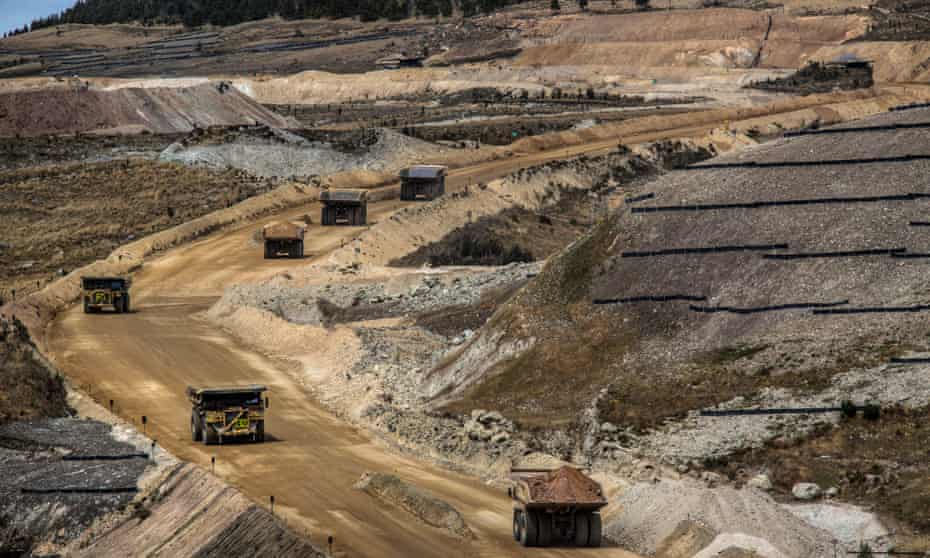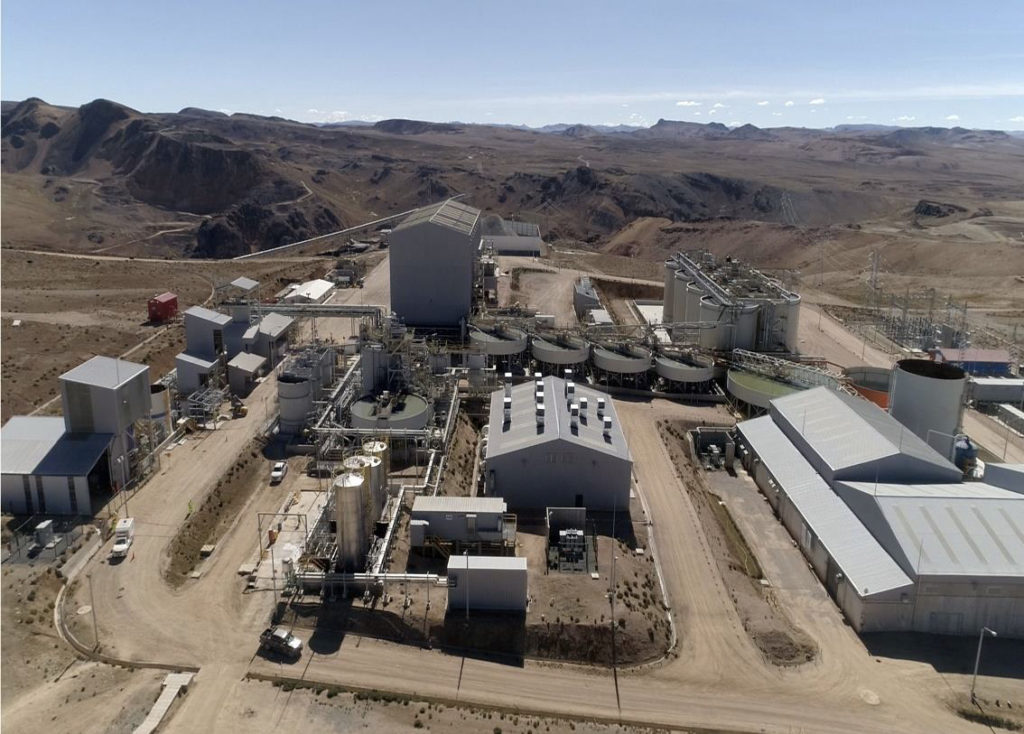BC Business
Wineries seek permanent change to deliver directly to consumers
Disaster highlights red tape

Last week's closure of all highways connecting the Lower Mainland to the rest of B.C. highlighted the fragility of the province's supply chains.
Recent torrential rain prompted mudslides and several sections of the Coquihalla Highway to collapse – something that could happen again, given the global trend toward more extreme weather events.
B.C. winery owners, who during the COVID-19 pandemic shifted business models to include more direct shipments to customers and to wine-club members, believe they were unnecessarily affected by the disruption.
For years, they have been trying to get Victoria to snip red tape that limits how they can deliver wine to the public.
Pre-pandemic, the B.C. government forbid winery owners from taking products stored in off-site warehouses and delivering them directly to individual customers. Winery owners were allowed to store products at warehouses far away from their winery sites, but products in those far-flung facilities could only be directly delivered to restaurants, bars and retail stores.
The B.C. government, in 2020, changed this restriction on a temporary basis, to allow wineries to directly deliver products to the public from off-site warehouses.
The temporary change is set to expire at the end of December, and, as such, has not garnered much uptake from winery owners because putting in place new delivery systems costs money that would be capital down the drain if the new systems are not permanent.
"None of us are going to do that for a temporary measure," said Okanagan Crush Pad owner Christine Coletta.
She wants the B.C. government to make its change permanent so she can put in place a new storage and delivery system, and hire management staff.
Coletta stores some wine at ContainerWorld's bonded warehouse in Richmond, but she is not able to touch product in that warehouse, as ContainerWorld makes all deliveries.
If she knew that she could permanently deliver wine directly to the general public, she would lease space in a non-bonded warehouse, perhaps jointly with other wineries, and hire people to manage the purchase orders.
"When we're selling to the public, we're selling mixed cases of wine," Coletta explained. "There would have to be a warehouse set up where we could pick and pack and ship. That's a major undertaking, and it would probably involve several different wineries getting together, and having a warehouse business."
The math makes sense to invest capital into that initiative because shipping prices have soared.
Colletta said delivery-company fuel surcharges make the cost of shipping wine from the Okanagan to the Lower Mainland $20, instead of what was $10 not long ago.
"We could have the same delivery go from Vancouver for $7, so it would be a massive cost saving for us," said Colletta, who ships about 20% of her winery's 20,000-case annual volume directly to the public.
B.C.'s Ministry of Public Safety and Solicitor General said in an email that it expects to announce by the end of the November whether it will make permanent its temporary policy on wine deliveries to the public.
"There are significant considerations in making this temporary authorization permanent, such as B.C.’s international trade obligations," the ministry said.
Wine lawyer Mark Hicken, however, says making the change permanent should not be a problem.
"It's commonplace," said Hicken, who in 2018 chaired the B.C. government-created Business Technical Advisory Panel (Liquor Policy), and recommended a slate of 23 recommendations for how the government should modernize liquor regulations in B.C.
"Nearly every other jurisdiction in the world allows that to happen. I think it's a very sensible, logical change to make it permanent, and allow wineries to deliver direct to consumers from secondary warehouses."
Wine Growers BC CEO Miles Prodan says his organization, which promotes B.C. wine, has been after this change for many years.
"Selling wine direct to consumer makes the best sense for wineries because that is how they make the highest margin on the sale – directly from the winery," he said.
When wineries sell wines to the public via retailers, the retailers take a cut of the profit.
Wineries would still need to register their off-site warehouses with B.C.'s Liquor and Cannabis Regulation Branch, and would have to adhere to government regulations, he added.
"These wouldn't be fly-by-night operations," said Prodan.
















